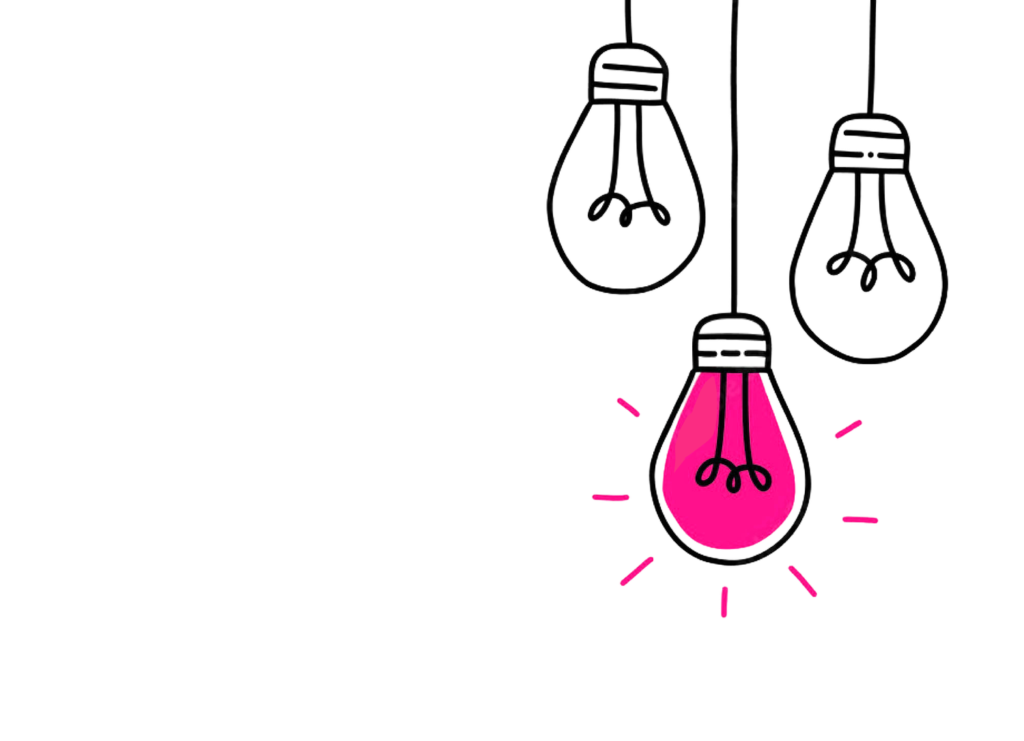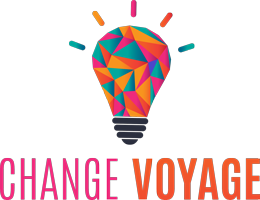Both fixed costs and variable costs contribute to providing a clear picture of the overall cost structure of the business. Understanding the difference between fixed costs and variable costs is important for making rational decisions about the business expenses which have a direct impact on profitability. Additionally, fixed insurance costs allow a business or individual to avoid insurance rate increases. Policies with fixed insurance costs are often available for several years, meaning that you won’t be subjected to the fluctuations of market prices.
- Fixed costs are expenses that stay the same no matter how much activity a business is doing.
- If a company produces more products or services, then variable costs will rise.
- Variable costs are commonly designated as the cost of goods sold (COGS), whereas fixed costs are not usually included in COGS.
In summary, the decision to choose between fixed and variable costs of insurance depends on the individual preference of the consumer. Conducting thorough research and seeking advice from insurance experts can help individuals make informed decisions that best meet their needs and budgets. Variable costs can be challenging to manage as they can vary from month to month, increase or decrease quickly, and have a more direct impact on profit than fixed costs. What this means is two loans with the same term, for the same amount, but with different interest rates will have different monthly payments and total costs.
Just know that other factors outside your control can cause the rate to change at any time. Usually, your personal loan will have a rate that’s equal to a benchmark, plus or minus a percentage. Usually, the interest rate on your personal loan will be tied to a benchmark, like the federal funds rate. You’ll know that you’ll pay $386.66 each month, for the next 60 months.
If you only expect to have the loan for a year or two, it’s unlikely that interest rates will increase by so much as to make the monthly payments too large to handle. If the interest rate goes down, your monthly payment goes down and so will the total cost of the loan. In the second illustration, costs are fixed and do not change with the number of units produced. Overall, marginal costing can help a business make informed decisions about production and various costs, improving its bottom line.
If you’re looking for a fixed rate loan, you can note that on your application. Your insurance premiums will go up for the same policy when you get older. For example, if a business signs operating revenue a long-term lease for a storefront, the cost of the rent is a fixed cost. Unfortunately, explaining the recommendation in terms the client can understand is easier said than done.
The break-even point is the number of units you need to sell to make your business profitable. Now that you know that fixed costs are what you’re required to pay regardless of sales or production, what are the costs that fluctuate as your business grows? Fixed costs will stay relatively the same, whether your company is doing extremely well or enduring hard times. Think of them as what you’re required to pay, even if you sell zero products or services.
Is there any difference between semi-variable costs and the other two?
Insurance companies need to generate enough revenue to cover their fixed costs, and they do so by charging premiums to their policyholders. The more policyholders they have, the more revenue they generate to cover their expenses. As a result, the cost of fixed expenses is spread across all policyholders, and the premium charged to an individual policyholder is impacted by this. From an accounting perspective, fixed and variable costs will impact your financial statements.
- All types of companies have fixed-cost agreements that they monitor regularly.
- However, the worker compensation cost of the office staff will be variable with respect to the amount of office staff salaries and wages.
- Put simply, it is the value of money companies spend on purchasing and selling items.
- Variable costs can be challenging to manage as they can vary from month to month, increase or decrease quickly, and have a more direct impact on profit than fixed costs.
- Once established, fixed costs do not change over the life of an agreement or cost schedule.
For example, suppose the labor is $3 per unit, and the company is producing 100 units in a day. In accounting, costs are the monetary value of expenditures for supplies, services, labor, products, equipment, and other items purchased for use by a business or other accounting entity. It is very easy to distinguish between cost and profit for the company. One can subtract the selling and cost prices to determine the profit. Then, based on market competition and cost of production, the profit margin is set.
Examples of semi-variable costs for restaurants
They’re the costs you can plan for and are likely already factored into your regular budget. These costs can occur at any interval, but they’re typically monthly or yearly payments. Creating a budget is essential to saving for your life goals, and an important part of establishing one includes knowing the difference between your fixed and variable expenses. Marginal costs are costs required to produce an additional unit of output. It can easily be calculated by dividing the change in production costs by the change in quantity.
What are fixed and variable costs?
Fixed insurance costs also mean that policyholders cannot take advantage of reduced costs when risks decrease. Understanding whether insurance is a fixed or variable cost can have important implications for budgeting, financial planning, and risk management. Fixed insurance costs are easier to predict and plan for since they do not change based on the level of activity or output. Fixed insurance costs provide greater stability and predictability, but they may be less responsive to changes in risk exposure or market conditions. Since fixed costs are not related to a company’s production of any goods or services, they are generally indirect.
FAQs on Difference Between Fixed Cost and Variable Cost
If you do that consistently and include it as a line item in your budget, you may technically consider it to be a fixed expense if you don’t deviate from your savings habit. If you have a good score, you’re seen as less risky and can get a lower rate on your personal loan. If you have a poor score, your loans will come with a higher interest rate. The interest rate on your personal loan is the amount you’re paying the lender for the privilege of borrowing money. Even if your other loans have a fixed rate, you can guarantee savings by refinancing locking in a low rate with fixed interest personal loan. This is because it’s nearly impossible to predict how interest rates will change over such a long period of time.
The family could still go see their favorite doctor and just pay for the visit with their HSA card instead of using their health insurance. For example, raw materials may cost $0.50 per pound for the first 1,000 pounds. However, orders of greater than 1,000 pounds of raw material are charged $0.48. In either situation, the variable cost is the charge for the raw materials (either $0.50 per pound or $0.48 per pound). You can take an average of your monthly spending for each variable expense and include that amount in your budget. As time goes on, you can reassess to ensure you’re budgeting the proper amount.
Fixed vs. variable costs: The bottom line
A high interest rate results in higher payments and a higher total cost. The variable costs are usually calculated in a linear manner, which is why they often tend to miss out on various essential factors within the organisation. Also, they do not comply with the GAAP (Generally Accepted Accounting Principles), which makes the auditor doubt its credibility too. Fixed and variable costs are an essential part of running an organization.
Fixed Cost vs. Variable Cost
If you have a balance of $10,000 and the loan charged 4% interest, the interest charge at the end of the year will be $400, 4% of the $10,000 balance. Just remember that refinancing isn’t free, so don’t plan to refinance your loan regularly. When the government tightens its economic policies and cash is scarce, this rate can increase. When the government makes money easily available to banks, the rate will drop. What that means is you can calculate the cost of the loan to the penny, right from the moment you are approved.
If a company produces more products or services, then variable costs will rise. Fixed costs are expenses that a company pays that do not change with production levels. Unlike fixed costs, variable costs (e.g., shipping) change based on the production levels of a company.
Fixed costs, on the other hand, are more stable, and you often have less control over them. For example, you’ll always be responsible for paying expenses like rent, utilities, and licenses. Some part of the total cost is fixed, while a certain part depends on the production. Variable or Prime costs refer to any cost or amount that a company has to bear concerning the quantity or volume of goods or services produced by them. In simple terms, the variable costs depend on the company’s production. While they may not be necessary for basic needs, certain recurring subscriptions could also be included as fixed expenses in your budget.

